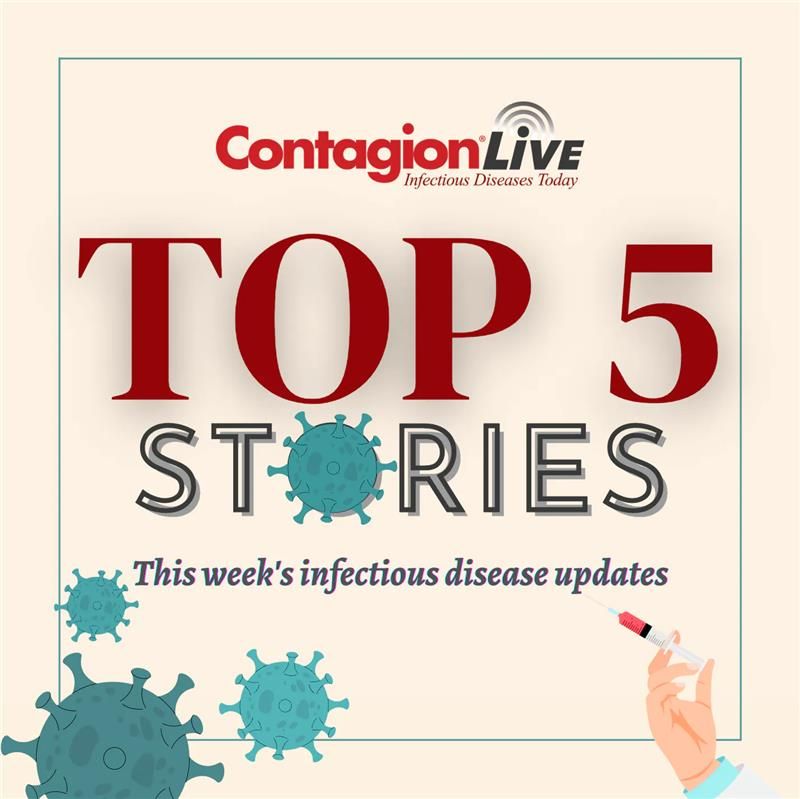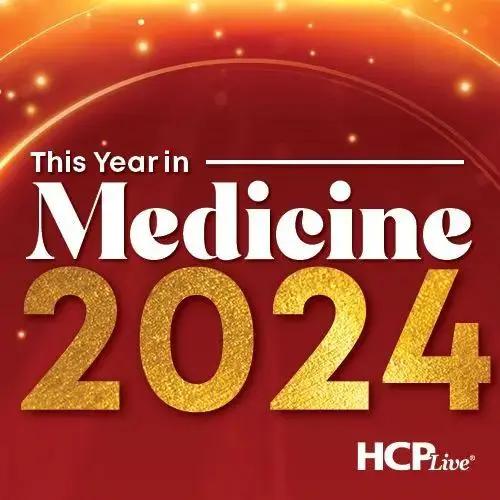One of the emerging, important themes in public health and medicine is the discussion around social determinants of health and disparities as it relates to clinical care.
Jacinda Abdul-Mutakabbir, PharmD, MPH, AAHIVP, assistant professor of Clinical Pharmacy, University of California San Diego, has been studying disparities and social determinants and explains her approach in tackling such large topics.
“When I think about the social determinants of health, I think about what the CDC [Centers for Disease Control and Prevention] has defined as important to accommodate health-related needs. So, I think about environment, health care, access to health care, resources, education, socioeconomic status.”
She takes those individual points and thinks about the deficiencies in those areas and how they might be interconnected, which can create a cascading effect that can lead to serious health consequences. Abdul-Mutakabbir uses the example of how someone who may have limited education, who then may only be qualified to do certain jobs. This can lead people to live and work in places where there might be environmental issues such as pollution or mold that can lead to health problems. People in these situations may also be underinsured, which limits their assess to care. And completing the loop in this cycle, people in these situations may have limited health literacy so are uncertain of how to navigate the system to get the medical care they need.
Frequently, these disparities can be witnessed more so in racially and ethnically minoritized backgrounds.
Abdul-Mutakabbir was the senior author in a paper published earlier this month in the journal Infection Control & Hospital Epidemiology on this topic—as it relates to infectious disease and antimicrobial stewardship.
In the paper, Abdul-Mutakabbir and her coauthors provide the well-recognized example of disparities during the acute phase of the COVID-19 pandemic. “People from racially and ethnically minoritized backgrounds were disproportionately represented in rates of disease, hospitalization, and death from SARS-CoV-2, yet, once vaccines were available, these groups were the least represented among persons who received the COVID-19 vaccine,” the authors wrote.
How Do We Address These Issues?
In terms of identifying and mitigating health inequities in infection prevention and antimicrobial stewardship the authors explain it can be broken down into 2 main areas. “These can be broadly grouped into themes including (1) diversity of the healthcare workforce and patient access to clinicians, where many minoritized communities are underrepresented, and (2) challenges with availability and quality of data, affecting patient care and community health outcomes.”
In trying to alleviate these issues with stewardship, Abdul-Mutakabbir stresses the importance of data collection first and foremost. “My first strategy is evaluate the disparities in your institution, because you can’t just blindly address things…you have to definitively know. And then after we do that evaluation, we have to educate because it’s not enough for us to know that folks are collecting the data. Everybody has to speak the same language, but then talk about how social drivers contribute to what it is that we saw.”
“We have to figure out what changes do we want to see?” explains Abdul-Mutakabbir. “It’s not enough for us to stay in our ivory towers; we have to go out and we have to talk to our governmental agencies; we have to talk to our friends that are involved in policy work—that’s how we create sustainable change…the data is important for that, because we have to have something to point to when we want to advocate.”
Contagion spoke with Abdul-Mutakabbir at last year’s IDWeek as she was presenting on these important topics, and she offers some insights on these emerging topics and strategies to reduce and eliminate disparities and health inequities.
Reference
Marcelin JR, Hicks LA, Evans CD, Wiley Z, Kalu IC, Abdul-Mutakabbir JC. Advancing health equity through action in antimicrobial stewardship and healthcare epidemiology. Infection Control & Hospital Epidemiology. Published online 2024:1-8. doi:10.1017/ice.2024.7









Thanks for sharing. I read many of your blog posts, cool, your blog is very good.